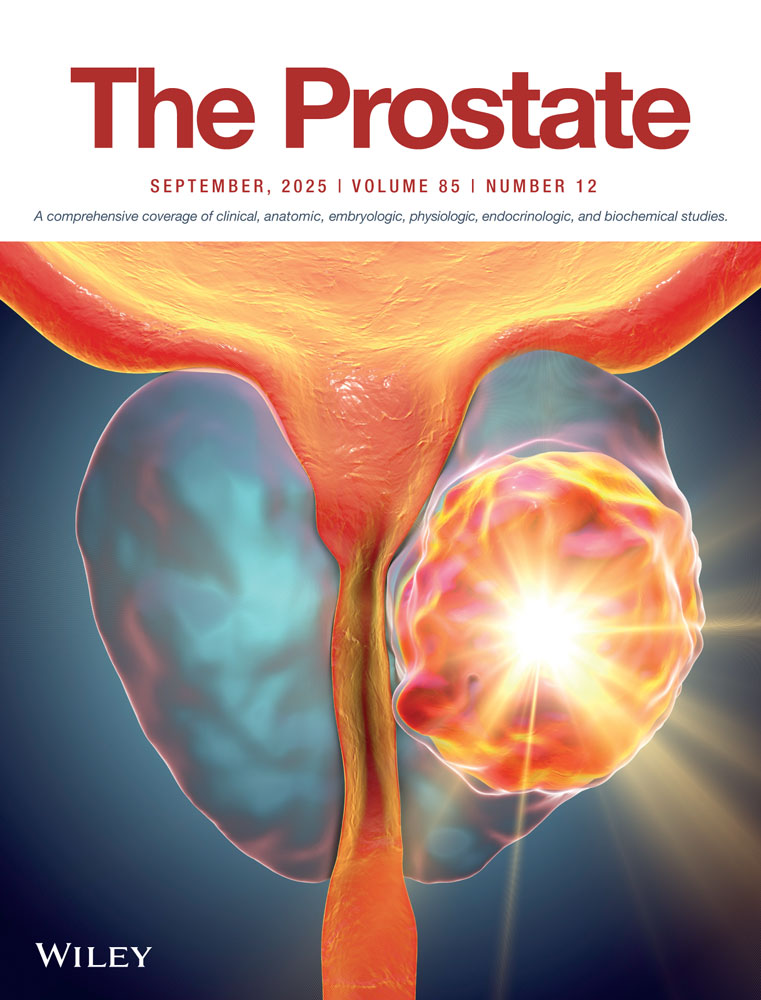Origin and racial distribution of glandular tissue in the anterior compartment of the prostate: An autopsy study
Abstract
BACKGROUND
We previously reported that African-American men (AAM) have tumors located in the anterior compartment more often than American Caucasian men (ACM) in radical prostatectomy specimens [Tiguert et al.: Prostate 37:230–235, 1998]. In this study, we evaluated the distribution of glandular tissue in the anterior compartment of normal prostate specimens, with specific attention to the anterior fibromuscular area, in order to determine the frequency and origin of glands in this region.
METHODS
We analyzed 94 prostatectomy specimens obtained from autopsied men between ages 20–30 years. Men in this age group were chosen because few pathological changes are present in the prostate in this age range. The anterior compartment of the prostate was defined by drawing a horizontal line, anterior to the urethra, through the midpoint of the anterior-posterior diameter parallel to the rectal surface. In each slide, anterior compartment prostatic tissue was identified and characterized as peripheral zone, transitional zone, and fibromuscular stroma. Any glandular elements identified in the anterior prostatic compartment were recorded in terms of zonal origin and number of glands.
RESULTS
Prostates from 76 AAM and 18 ACM were examined. Overall, prostatic glands were absent in the anterior compartment in only 2% of cases. Glands were derived from the peripheral zone only in 6 (6.5%) cases, peripheral zone and transitional zone in 53 (56.5%), transitional zone only in 13 (14%), and anterior fibromuscular stroma in 20 (21%). There was no difference between the two races in terms of the number of glands present. The morphology of the peripheral zone was not different between the two races, with glands from the peripheral zone joining in the anterior compartment in 33% of AAM compared to 56% of ACM (P = 0.123).
CONCLUSIONS
Anterior prostatic glands can arise from the peripheral zone, transitional zone, or fibromuscular stroma. There are no racial differences in terms of the number of anterior glandular elements, and also in the architecture of the peripheral zone. Prostate 39:310–315, 1999. © 1999 Wiley-Liss, Inc.




